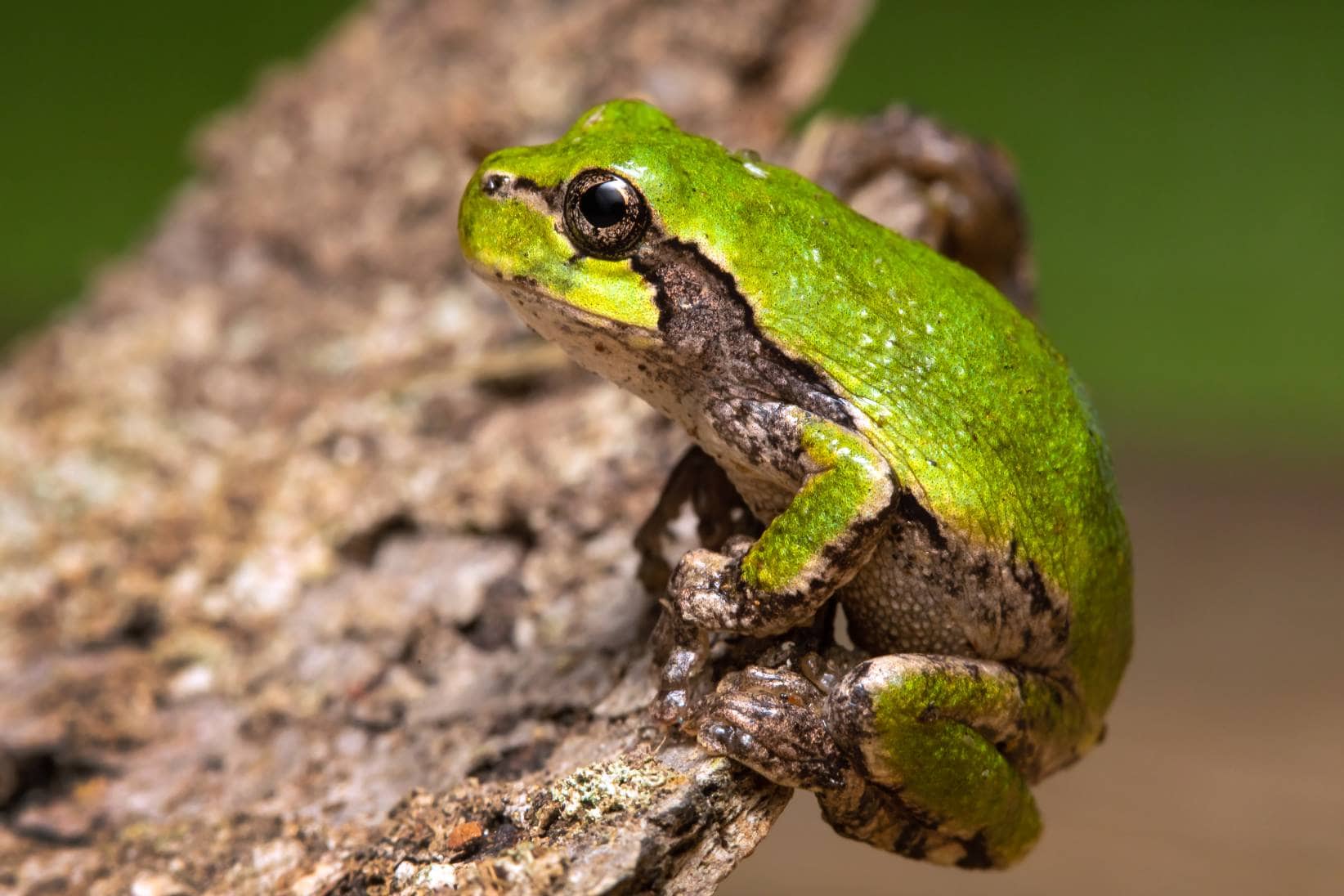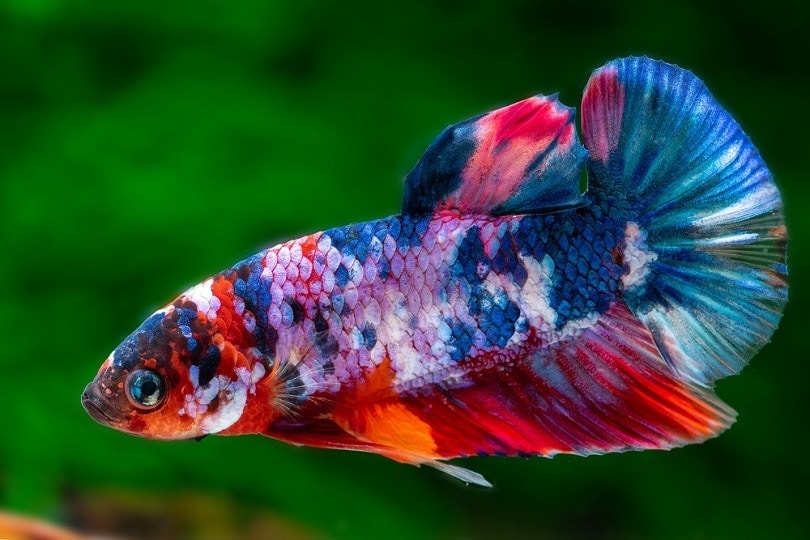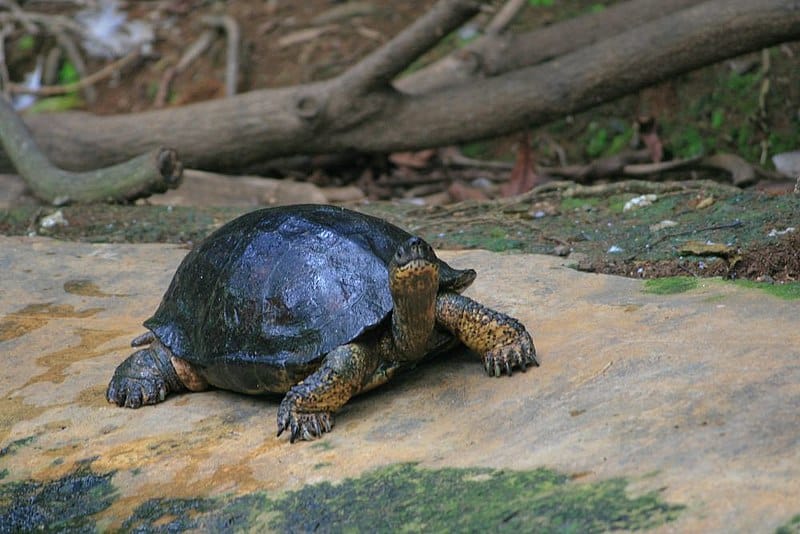Tree frogs live in forests, suburban backyards, and rural areas all across the United States. There are several types of tree frogs to look out for, but none of them are easy to find. Here are 15 types of tree frogs that you should know about.

The 15 Types of Tree Frogs
1. Gray Tree Frog
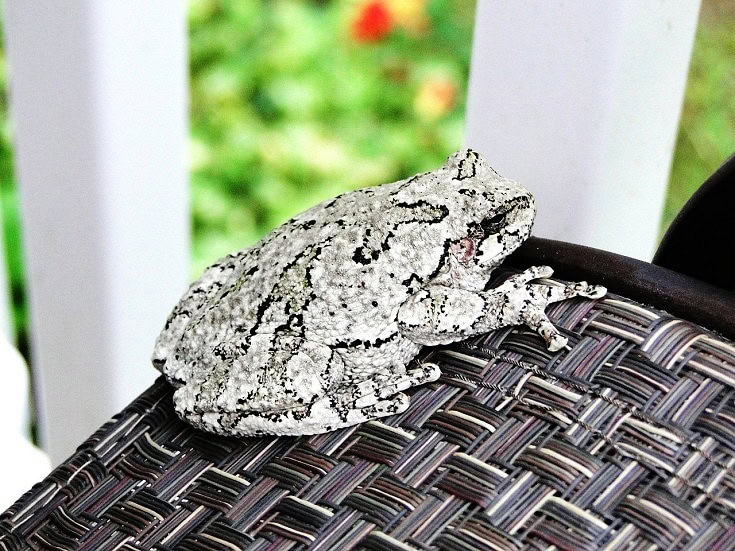
Despite their name, Gray tree frogs can be gray, brown, or even green, depending on their environment. They have blotchy patches that can be green, gray, or cream. They grow to be only about 2 inches long and live in most parts of the United States and Canada. They can be found living in forests, farmlands, and even in rural backyards.
2. Spring Peeper Frog
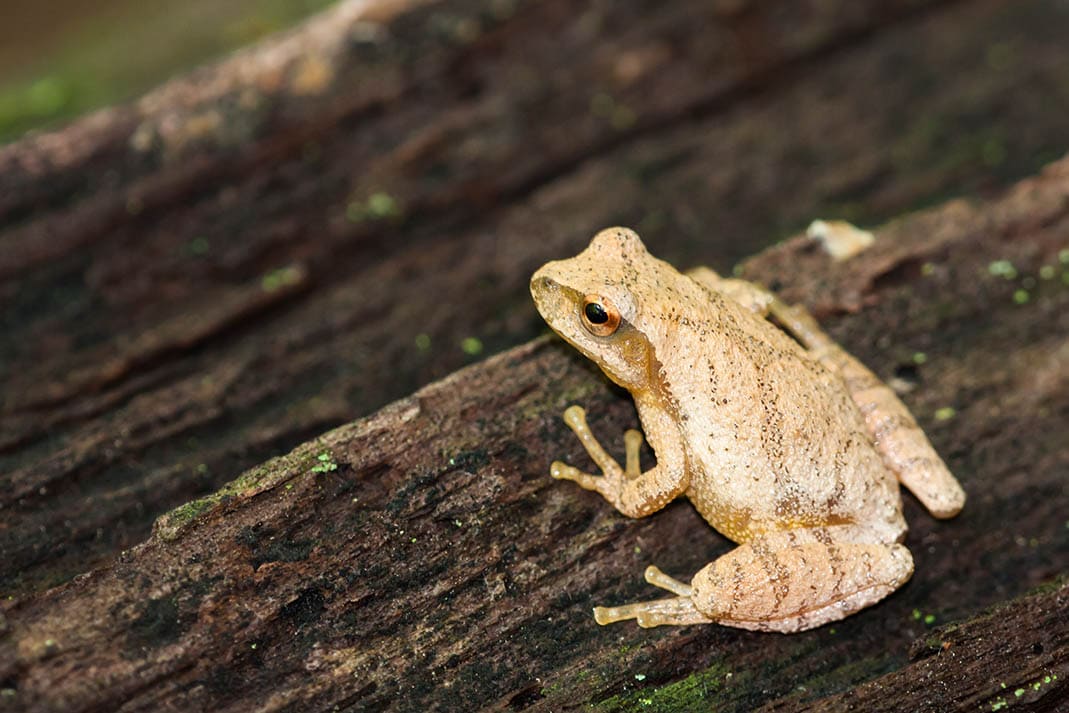
Spring Peeper frogs like to sing, which sounds like chirping to human ears. Their singing indicates the beginning of the spring season. They are usually brown or tan and have large toes that help them climb trees quickly. However, they like to live among the debris cast from trees rather than in the trees themselves.
3. Pine Woods Tree Frog
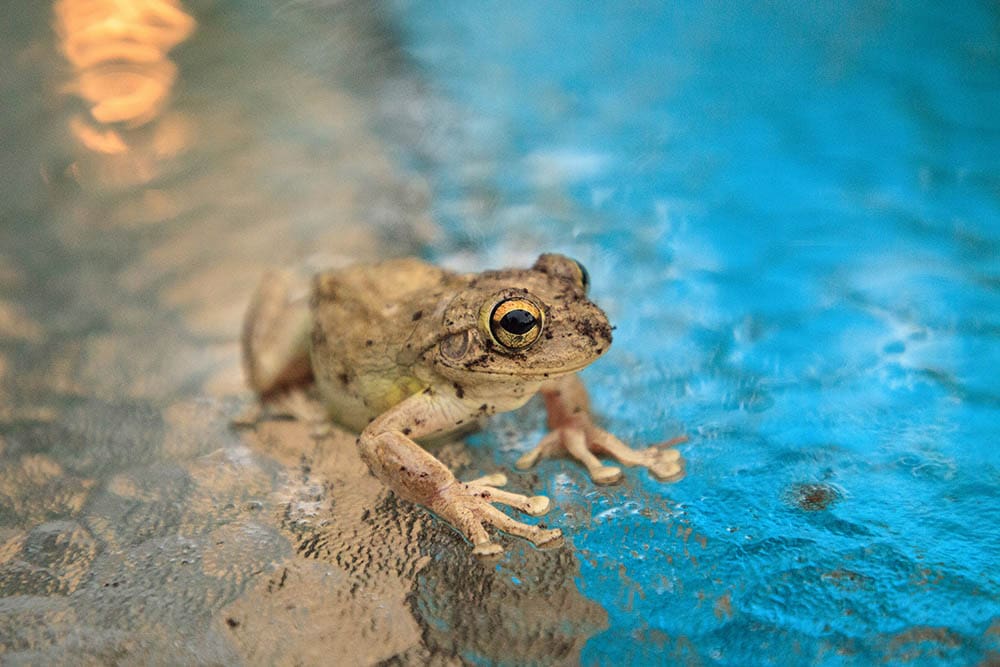
When fully grown, the Pine Woods tree frog is no more than 1 1/2 inches. They commonly live in forests, especially where pine trees and bromeliads grow. They climb into trees and live high above the ground, where they are safe from potential predators. They mostly live in the southwestern part of the United States.
4. Squirrel Tree Frog
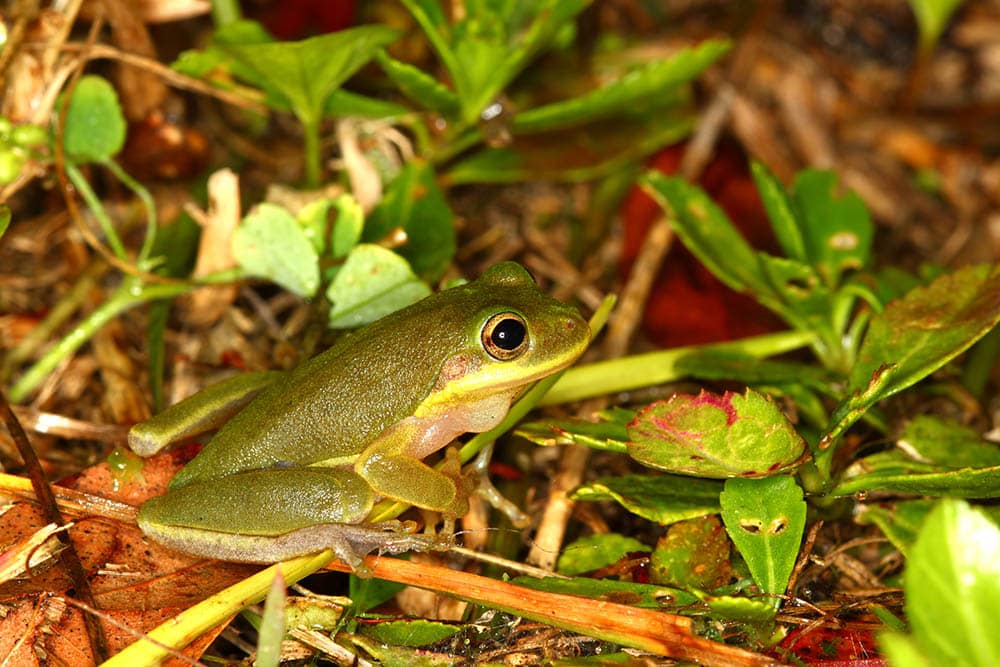
This is one of the most common types of frogs found in the state of Florida today. Squirrel tree frogs typically live in urban settings, settling around apartment buildings and businesses. They sleep during the day and are active when the sun goes down. They have smooth green bodies and sometimes have small spots of white markings on their legs or backs.
5. Northern Cricket Frog
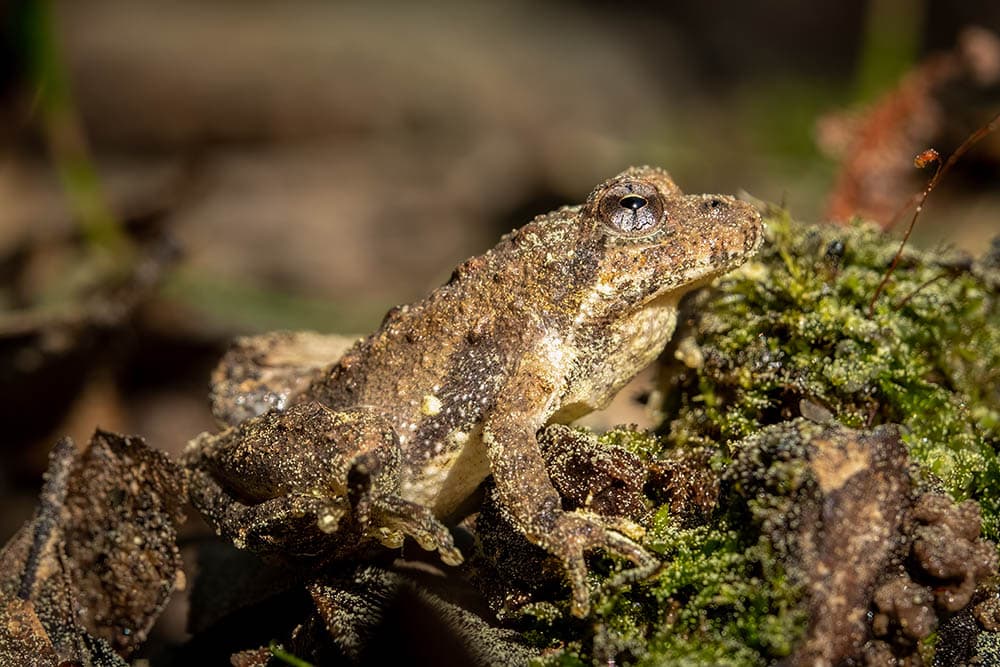
Northern Cricket frogs are native to Mexico and the United States. They might be tree frogs, but they do not enjoy living in trees and prefer the surrounding areas instead. They are one of the smallest tree frogs in existence, measuring just about 1 inch in length. They can be brown, green, or any color combination in between, like gray and tan.
6. Canyon Tree Frog
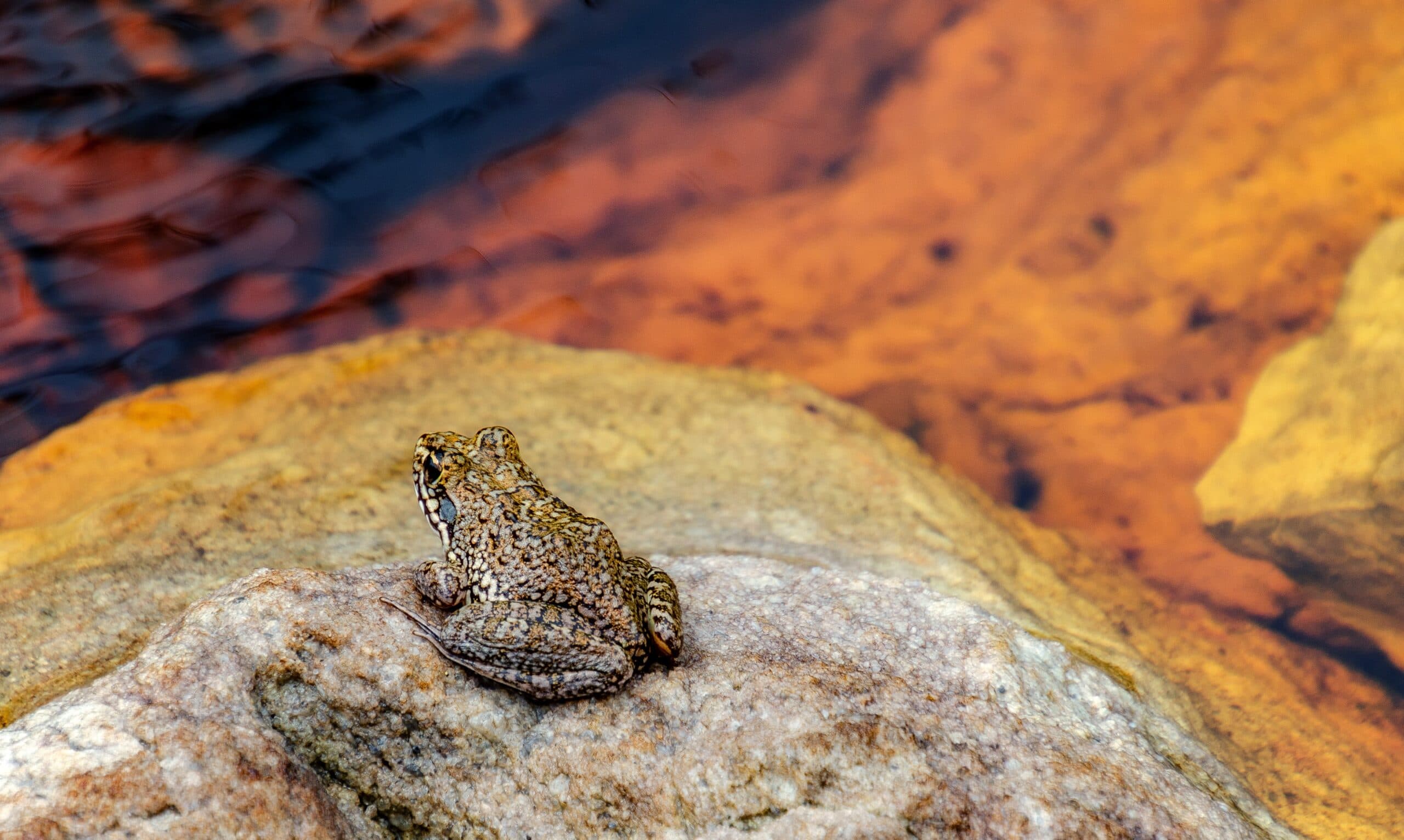
Canyon tree frogs mainly live in the southern part of the United States, where rock plateaus are present. They are usually about 2 inches long and have brownish-green bodies. They blend in with the rocks and soil of their environment. They are carnivorous and spend most of their time sleeping during the day.
7. Pacific Tree Frog
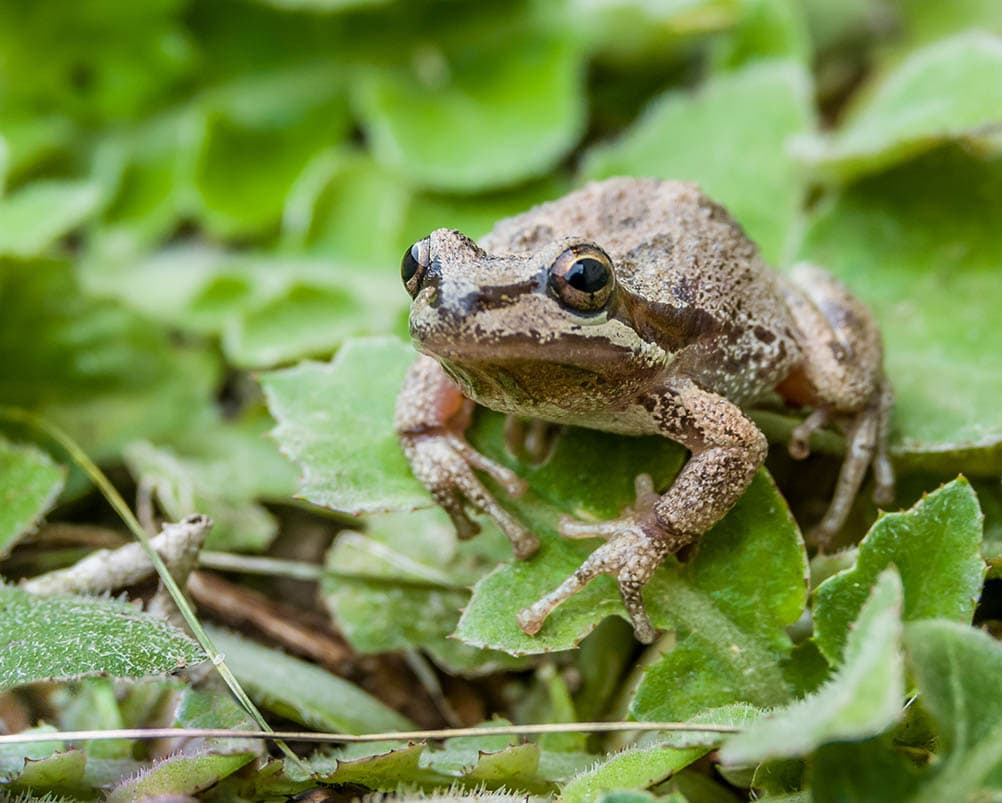
The Pacific tree frog is unique because they have a black “mask” or eye stripes extending over the eyes and beyond the shoulders. White and yellow are typically on the bottom sides of these frogs. They live in British Columbia, Mexico, and parts of the United States, such as Washington.
8. Pine Barrens Tree Frog
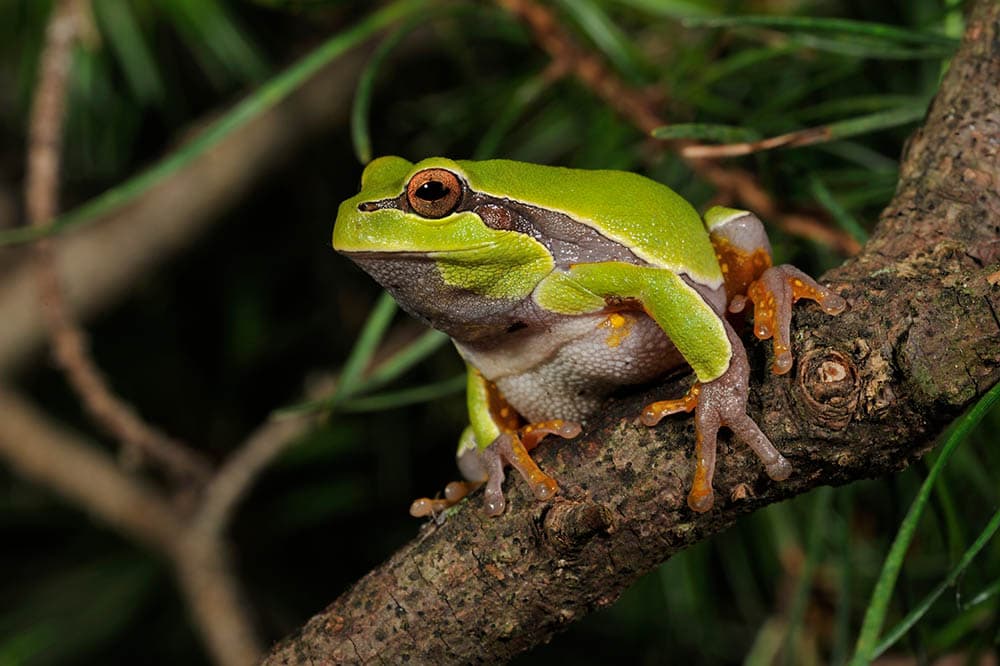
These bright green frogs are known for the strikingly beautiful purple-and-white stripes featured along the sides of their bodies. Their bellies are white, and their toes are a brownish-yellowish color. Pine barrens tree frogs live in forests around the New Jersey Pine Barrens area and have spread out to inhabit places like North Carolina and Alabama.
9. Wright’s Mountain Tree Frog
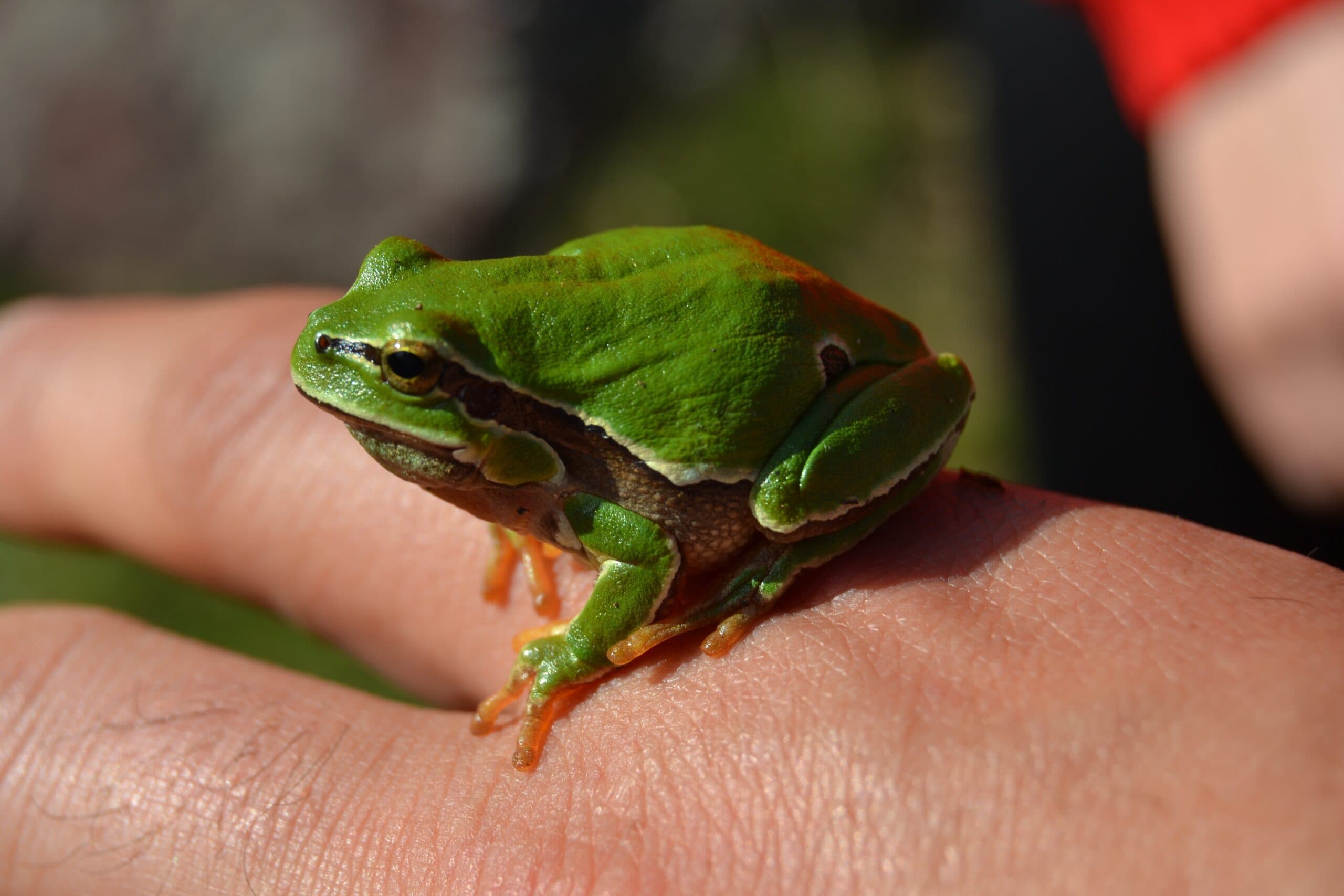
Wright’s Mountain tree frogs are pets of the Hylidae family and live throughout the United States and Mexico. They live in wetlands, marshlands, and shallow rivers. They are among the largest types of tree frogs currently in existence. They have blunt, short noses and large back legs to help them hunt their prey.
10. California Tree Frog
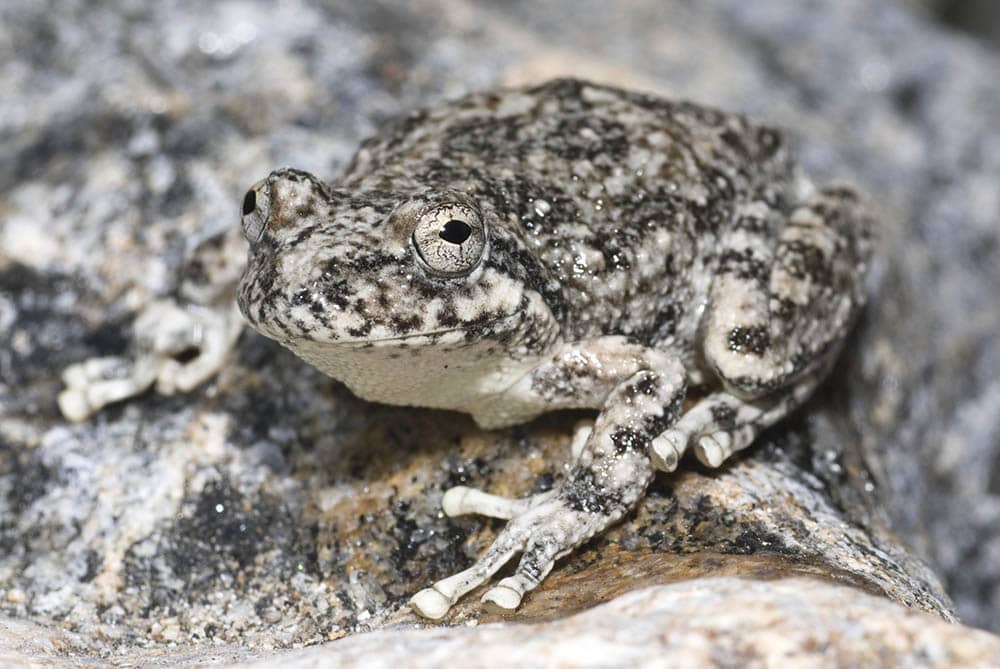
Although they are tree frogs, California tree frogs are commonly seen in and around streams through mountains in the United States. They are natives of Santa Monica and get to be between 1 and 2 inches when fully grown. They are carnivorous and dine on spiders, centipedes, small lizards, and insects.
11. Cuban Tree Frog
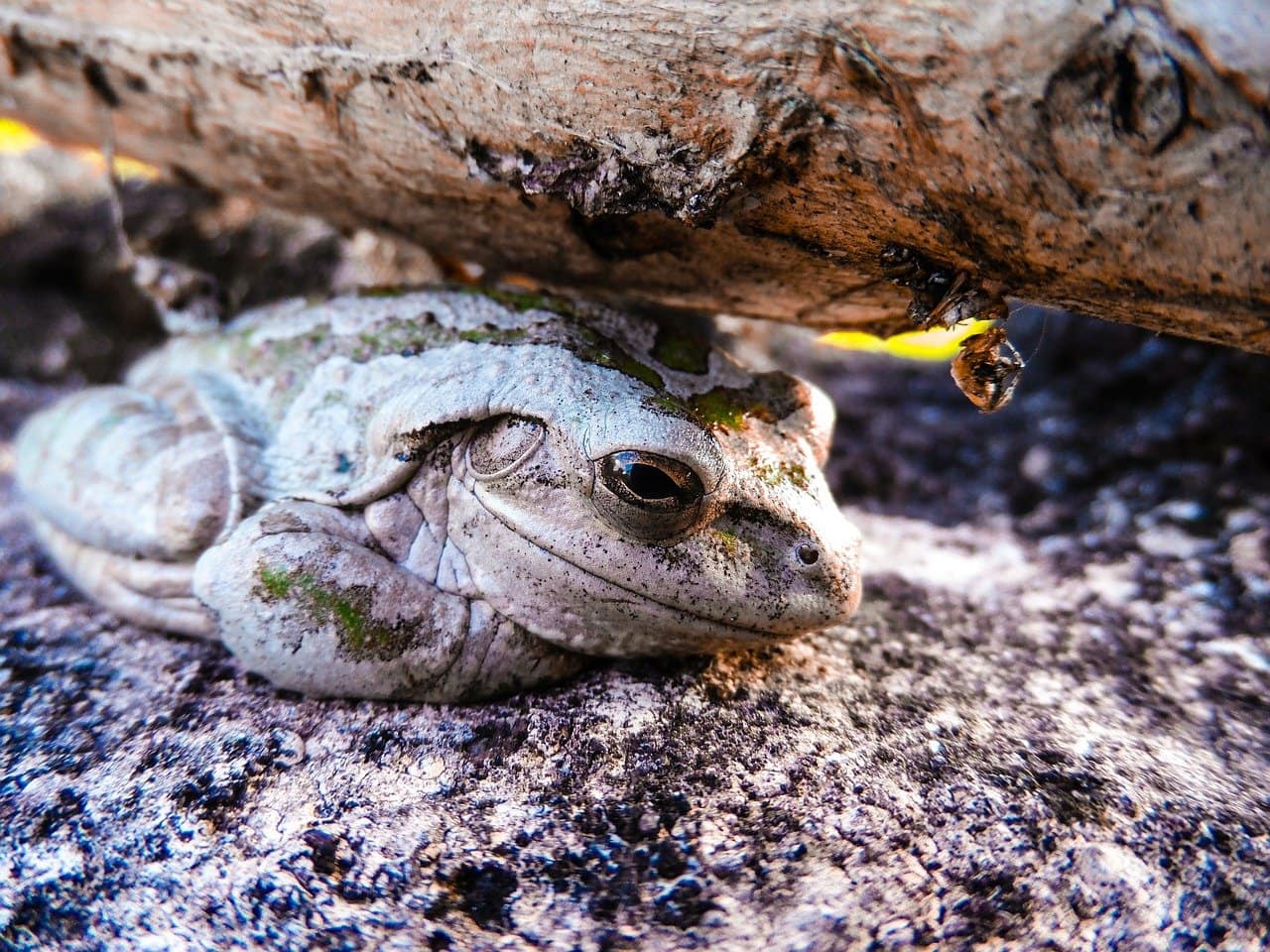
Cuban tree frogs eat other frogs, snakes, and lizards. They produce irritating mucus that makes human eyes and noses react as if allergic or ill. When adults, they can be up to 3 inches long and can be white, green, brown, or gray in color.
12. Barking Tree Frog
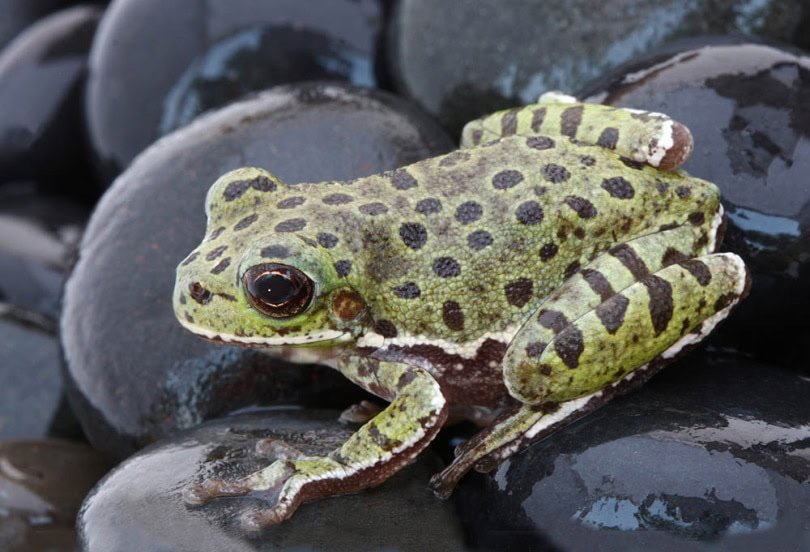
Barking tree frogs are among the world’s heaviest and largest tree frogs. They have bright green skin and dark, sometimes black, spots all over the body. Barking tree frogs are commonly found in Georgia and South Carolina, but they are spotted occasionally in nearby states. They live high in the trees and come down only to hunt prey when necessary.
13. American Green Tree Frog
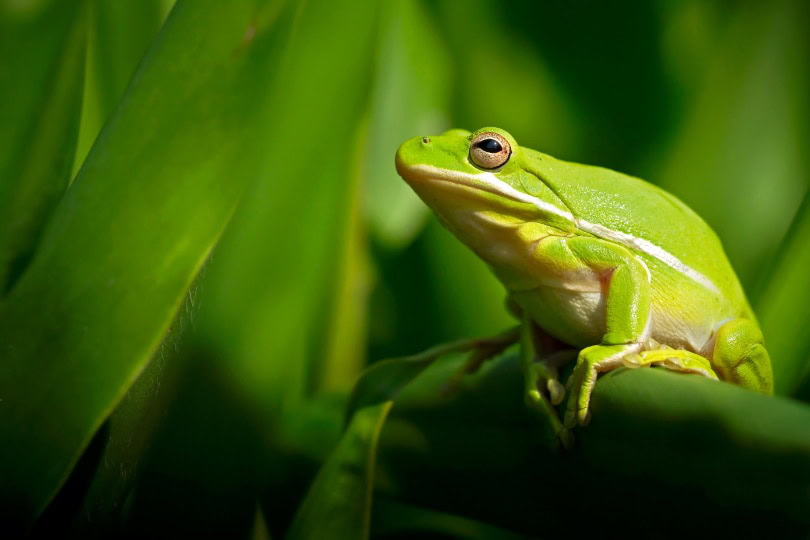
American tree frogs are popular pets that can live happily in an aquarium. They are native to the southeast areas of the United States, including Virginia and Florida. They do not enjoy handling, so they are not the best pets for those looking to interact daily.
14. Bird-Voiced Tree Frog
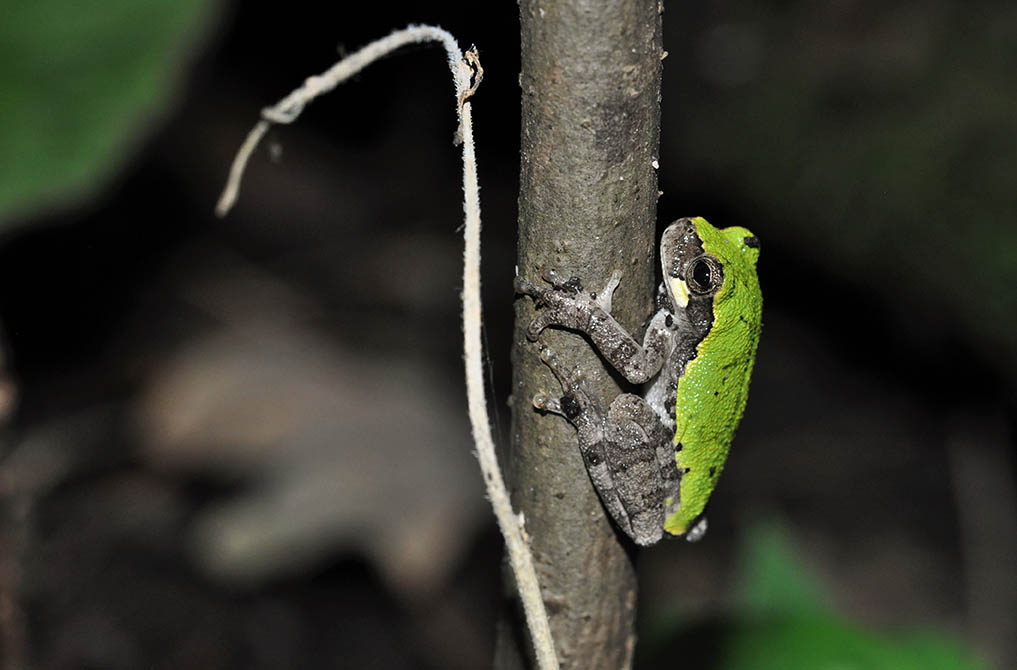
The Bird-Voiced tree frog’s colors change when the temperatures change. When it is hot outside, the frog is usually light grey or green. When the weather gets cooler, their skin tends to turn darker. There is usually a dark brown spot located on their back, and their legs are usually darker than their body.
15. Blanchard’s Cricket Frog
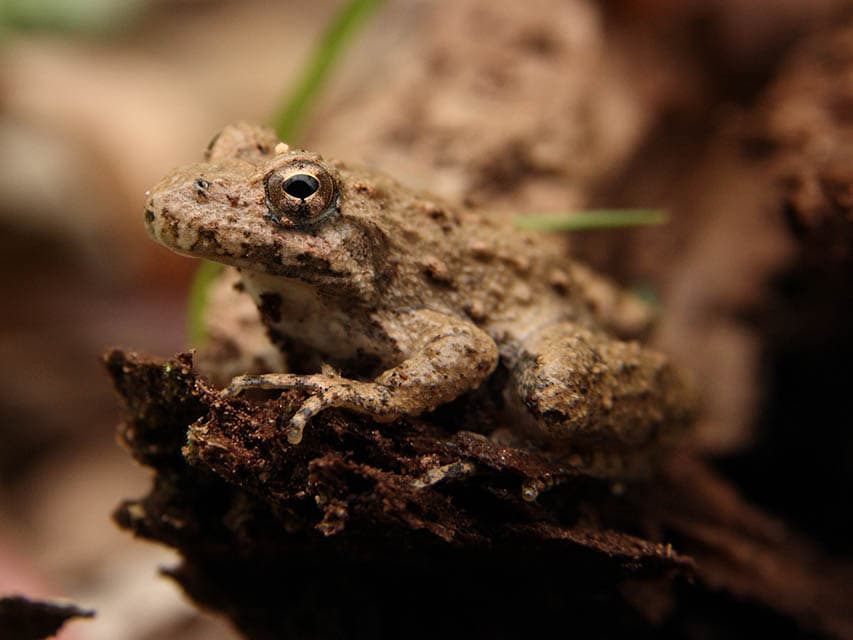
As their name suggests, these frogs sing together at night, which sounds like crickets to the human ear. The Blanchard’s cricket frog is considered endangered in Wisconsin and loves to live near ponds, streams, rivers, and other bodies of water. They look like many other tree frogs, so it is hard to identify them in the wild.

In Conclusion
With so many tree frogs in existence, one might think that they would be easy to find while hiking in the woods or forests. However, that is not the case because most sleep throughout the day. You would be lucky to find one while out and about, but patience, commitment, and a keen eye can pay off!
Next on your reading list:
- Red-Eyed Tree Frogs for Sale: Breeder List
- White’s Tree Frogs for Sale in the U.S.A. (Breeders List & Tips)
Featured Image Credit: Darren Brode, Shutterstock
Contents
- The 15 Types of Tree Frogs
- 1. Gray Tree Frog
- 2. Spring Peeper Frog
- 3. Pine Woods Tree Frog
- 4. Squirrel Tree Frog
- 5. Northern Cricket Frog
- 6. Canyon Tree Frog
- 7. Pacific Tree Frog
- 8. Pine Barrens Tree Frog
- 9. Wright’s Mountain Tree Frog
- 10. California Tree Frog
- 11. Cuban Tree Frog
- 12. Barking Tree Frog
- 13. American Green Tree Frog
- 14. Bird-Voiced Tree Frog
- 15. Blanchard’s Cricket Frog
- In Conclusion
